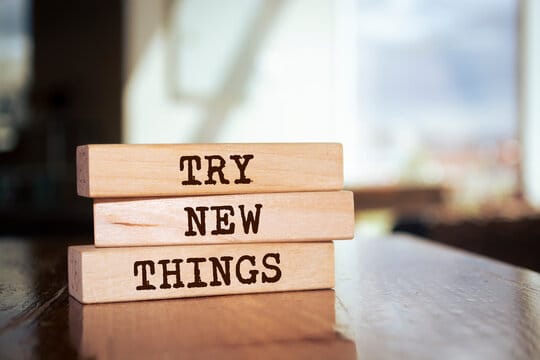Think of stretching. What’s the first thing that comes to mind? Is it a gym uniform crossing one foot over the other and trying to touch your toes? All the while an unmotivated gym teacher forgets to tell you to switch, so you’re going on 2 minutes holding this stretch? Maybe it’s being in a hot yoga class sweating so profusely, that there’s no way you’ll be able to recover fluids in your lifetime. Whatever your thoughts on stretching are it’s important to know the how, and the why we stretch.
Our first stretch is the typical static stretch. This is the person trying to touch their toes before going on a run or pulling their arm across their chest before lifting weights. This is definitely the most common form of stretching. It is also done incorrectly for the goal of most people. When used static stretching doesn’t do much for increasing muscle length. That’s right, bending down to touch your toes isn’t very effective at changing hamstring length. If that were the case then everyone doing that stretch would be able to fold in half. Static stretching does have a great quality though, it helps us neurologically. When you stretch like this, your body will get into a parasympathetic state (rest and digest). So it’s a fantastic way to calm down your nervous system and relax especially after those awkward high school memories got brought up!
Our next stretching routine that comes to mind is yoga. Yoga is a fantastic workout. I got my teacher training certification back in 2015 and it changed my life. Most of the poses in yoga are meant to bring awareness to the body and increase the mind-body connection while lengthening muscles. The mind body connection is a fantastic way to dive deep into yourself. Done correctly, yoga can help lengthen muscles and increase range of motion. The problem that most have when in class is holding the poses to their fullest potential. Yoga is hard and holding poses for an extended period of time tends to have people start thinking of just making it through the pose/class instead of lengthening to their fullest potential.
The final stretching type is one you’re problem not familiar with, but I have found it to be the most effective form of stretching. We call it end range loading. This means taking a joint to it’s end range of motion and adding some weight to it. You can then add counting to different aspects of the movement to make it more effective. This forces the muscles that are being stretched to activate and strengthen. Because the muscles are active, the brain will allow them to go a little further. We then build strength in the fullest range to protect the joint. This type of stretching needs to be done in a safe controlled manor. Some things should be stretched and others should not.
If you have pain and need a professional to help show you what stretches and how to do them then click here to book an appointment! I have an extensive background in all things movement from yoga, martial arts, weight lifting, power lifting, and various other aspects of human locomotion.







